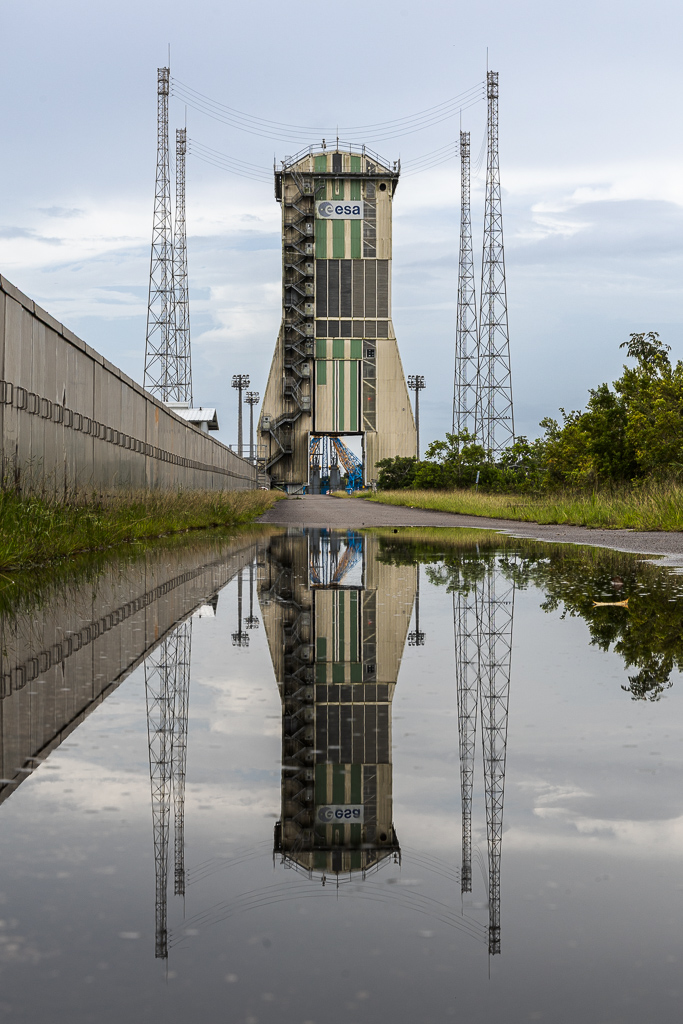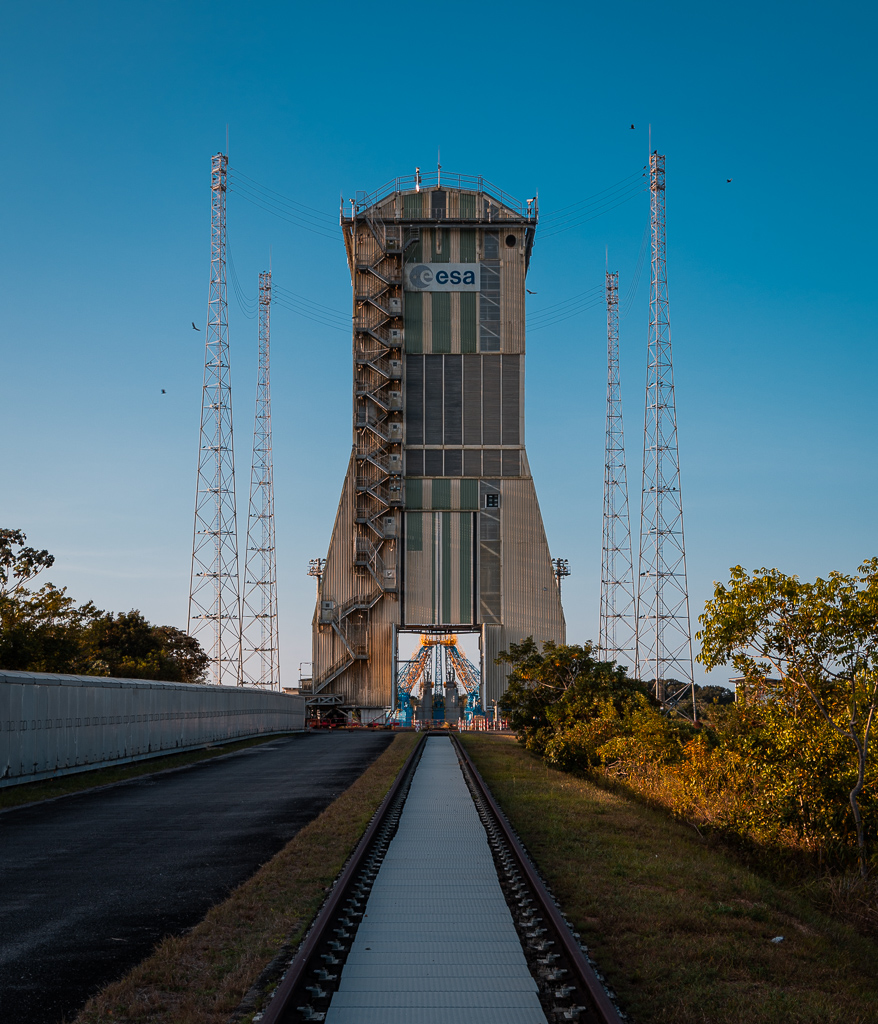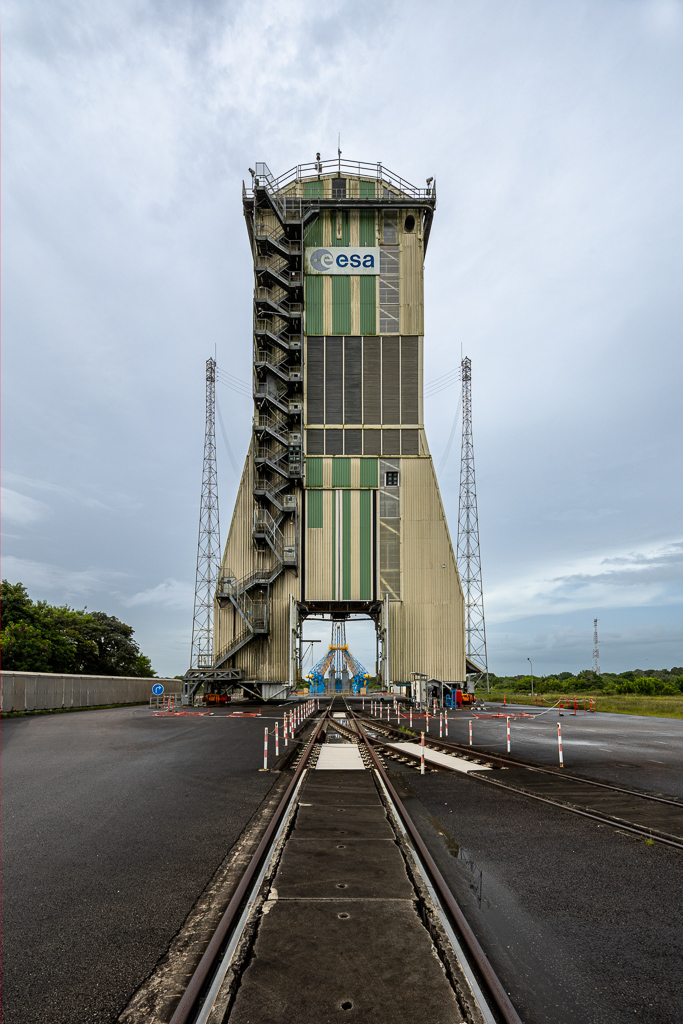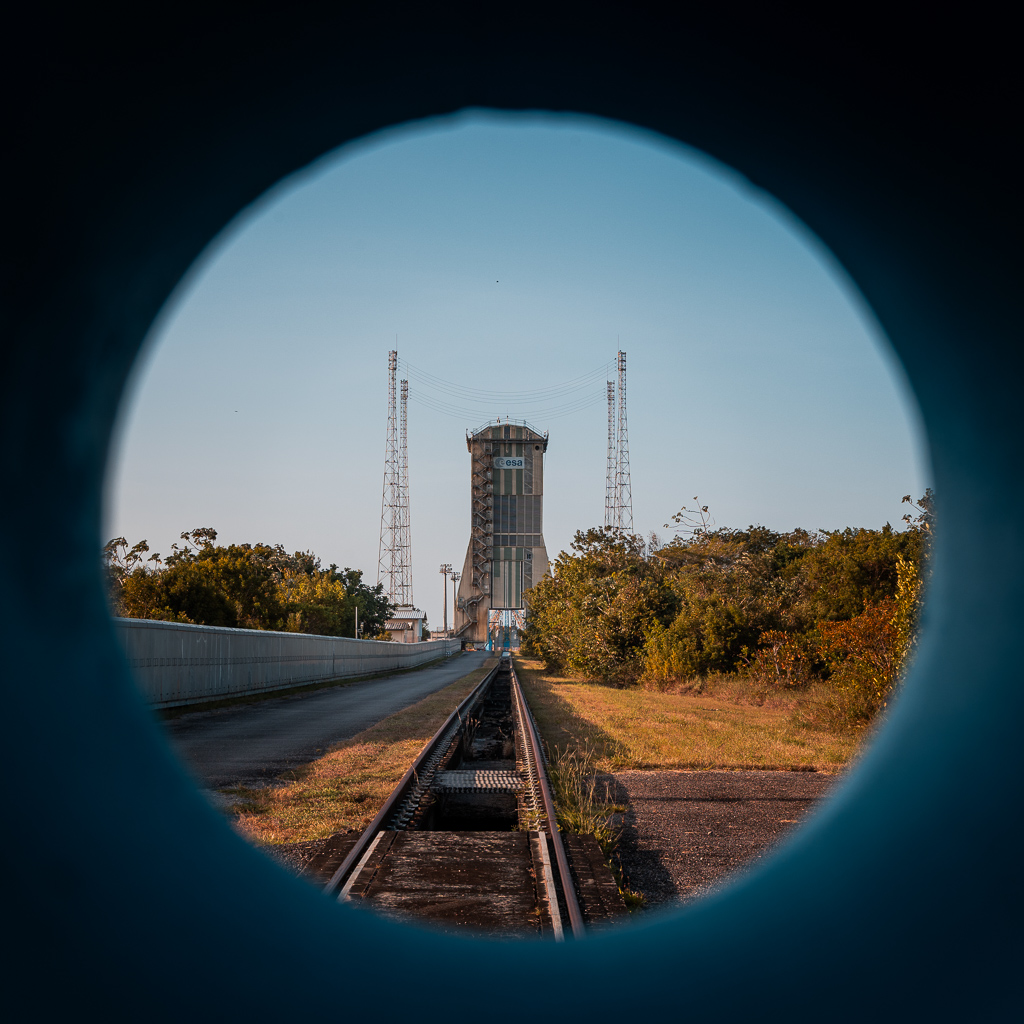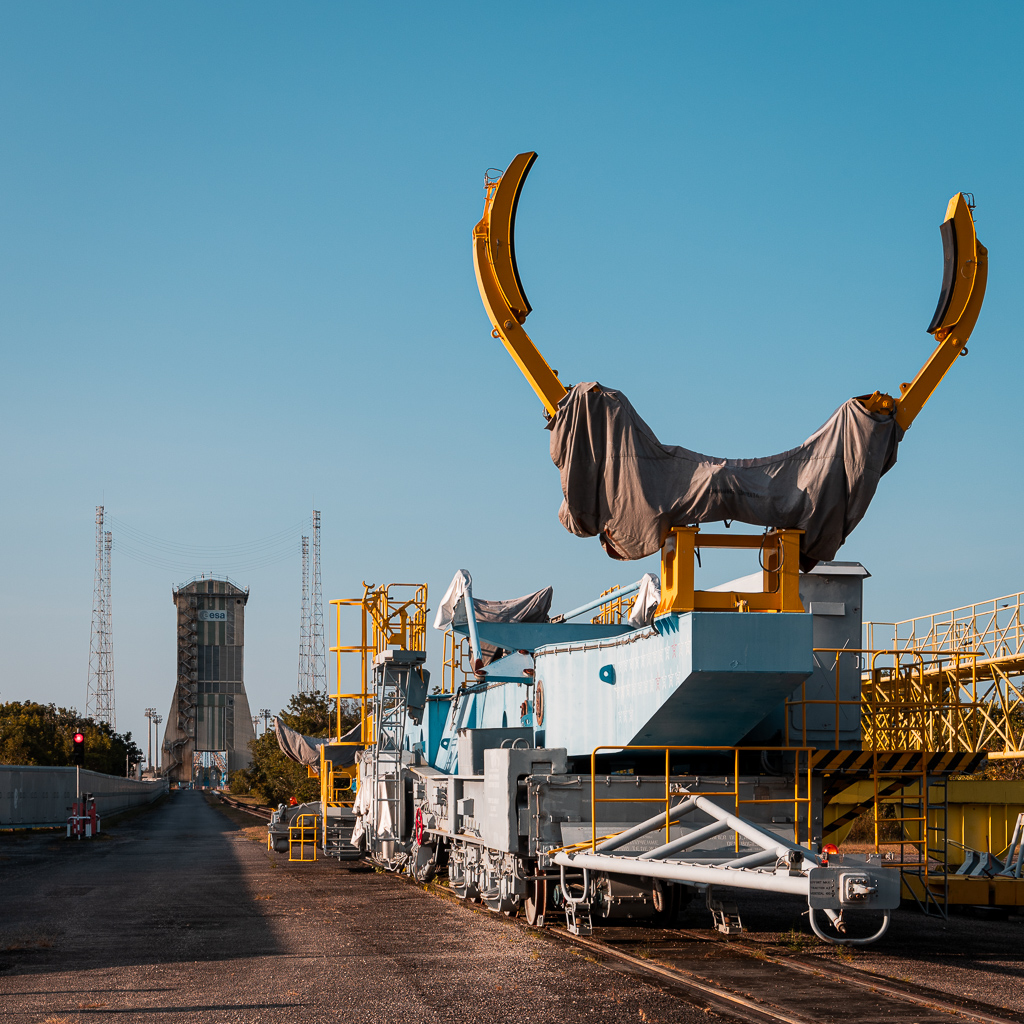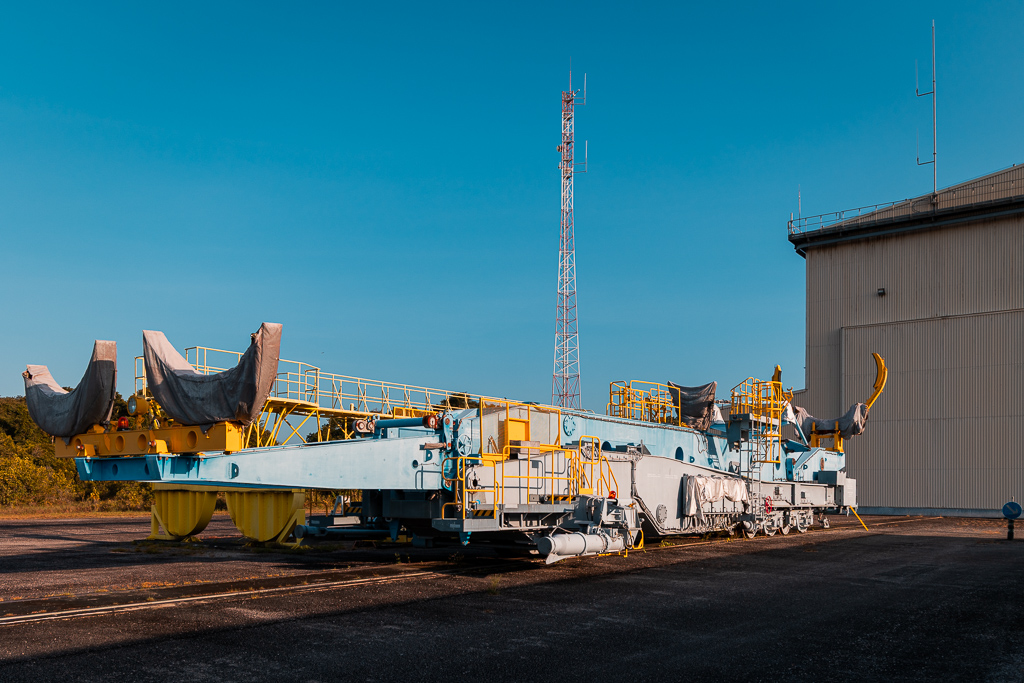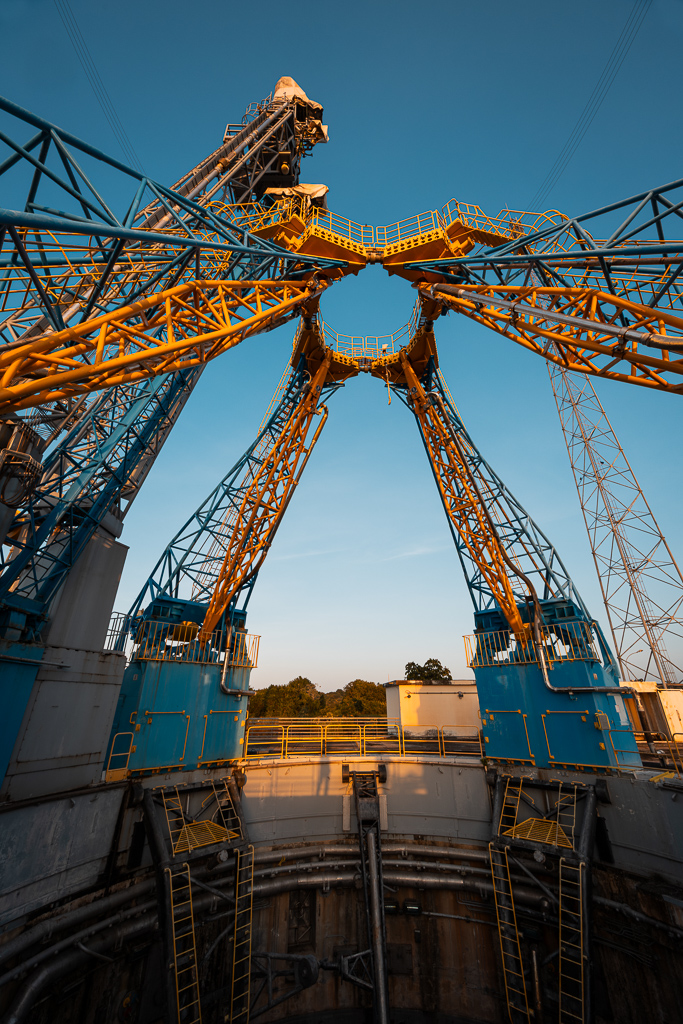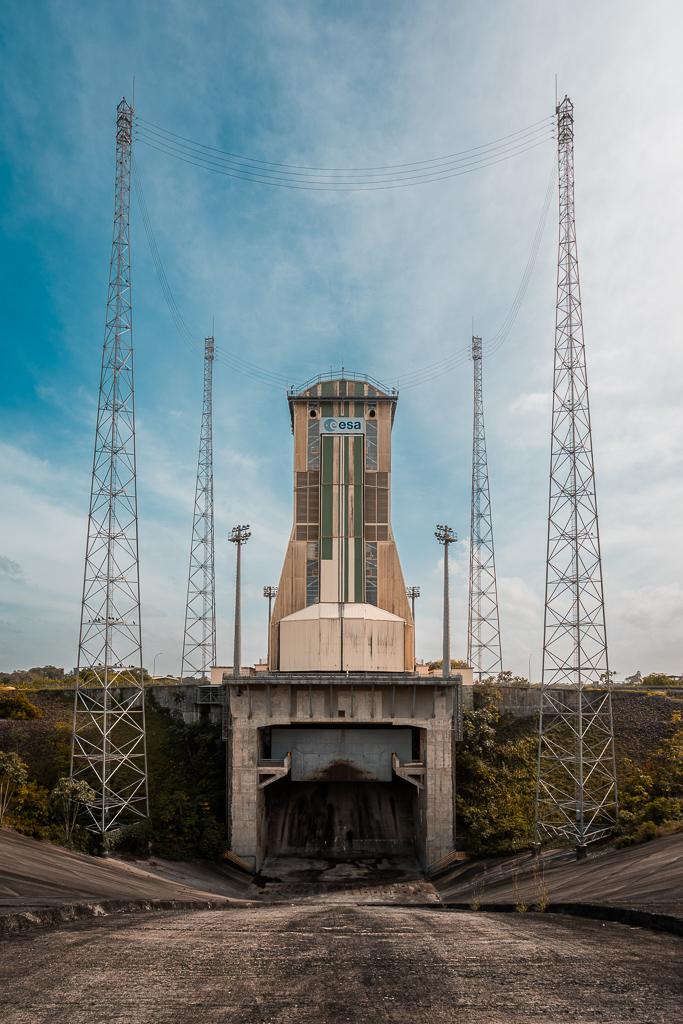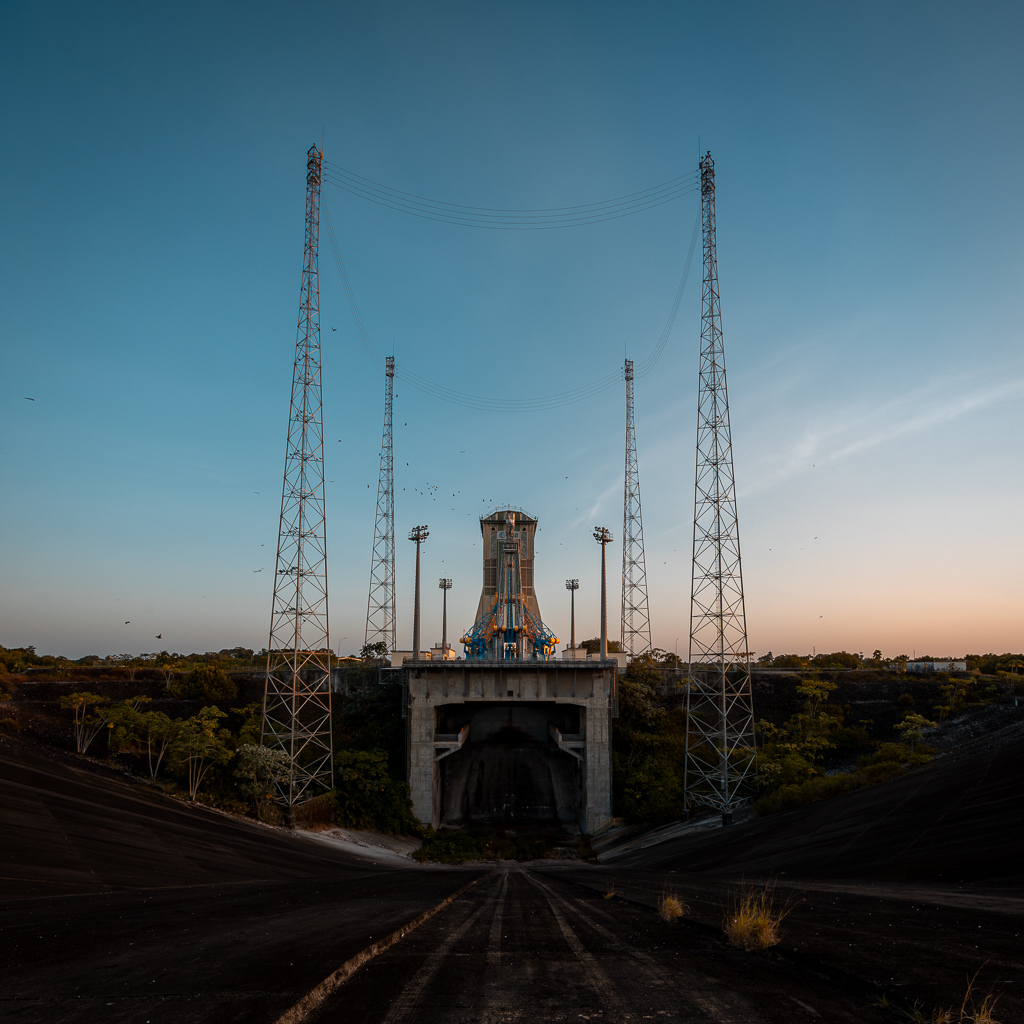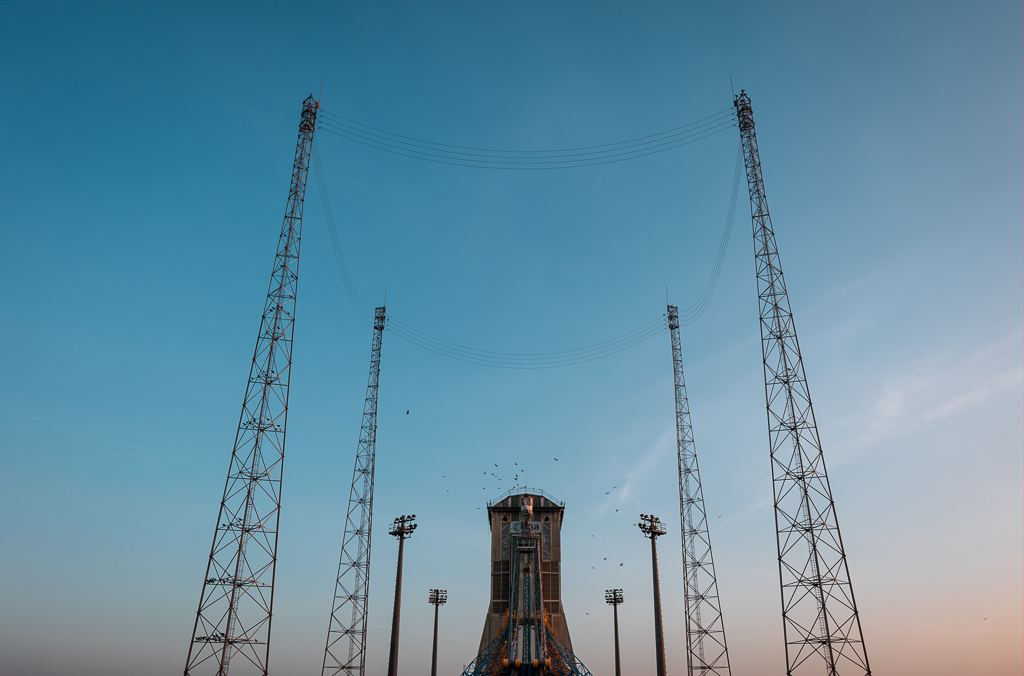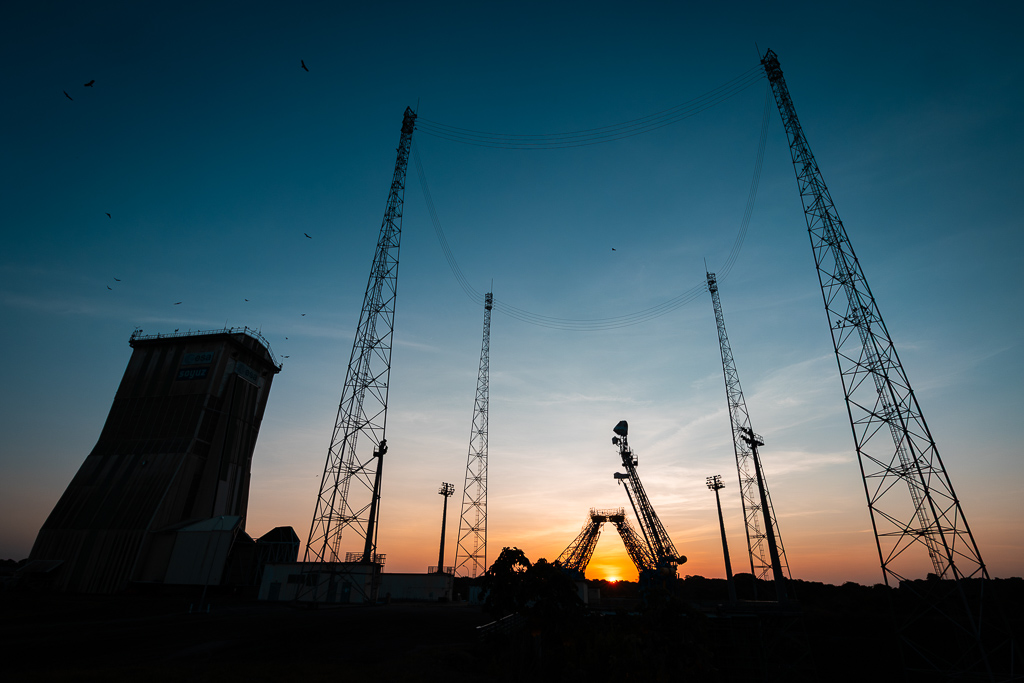At the Guiana Space Center, the Soyuz Launch Complex experienced an intense decade: inaugurated on 21 October 2011, it enabled 27 missions through the final launch on 10 February 2022, serving Galileo, Pleiades, O3b, Gaia, OneWeb and more. The ELS stood out for its mobile gantry for vertical integration—a unique feature within the Soyuz family. Operated by Arianespace, Soyuz was marketed to bridge the wide gap between Vega and Ariane 5, giving Europe a medium-lift launch capability.
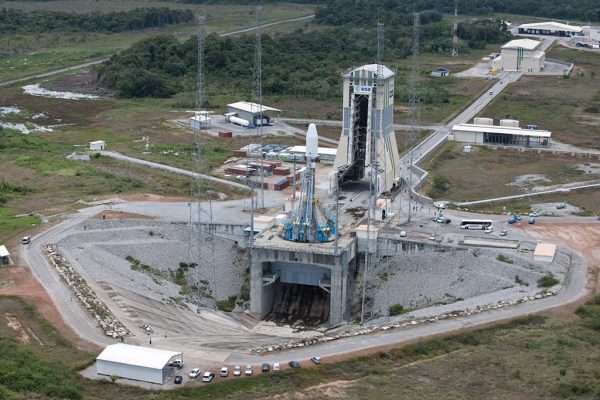
Operations ended abruptly in February 2022 in the context of the war in Ukraine: Roscosmos suspended Soyuz campaigns from Kourou and repatriated its personnel, bringing cooperation to an immediate halt and leaving the ELS “mothballed”. CNES oversaw the departure of the Russian teams to secure the facilities. At the Seville conference in 2024, the site was transferred back to France, closing the Soyuz in Guyana chapter and preparing the ground for a new use.
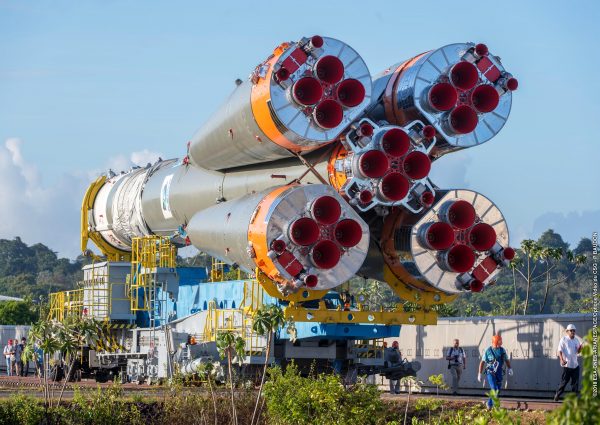
This transition paved the way to reconfigure the pad for MaiaSpace: in autumn 2024, CNES assigned the young company the operation of the former ELS for its reusable small launcher under a ten-year contract. The site will be adapted (new gantry, methane storage, and a local biomethane supply chain), with a first flight targeted as early as 2027 and a ramp-up to commercial cadence from the CSG. Reusing existing infrastructure reduces costs and environmental footprint while breathing new life into a major CSG asset.
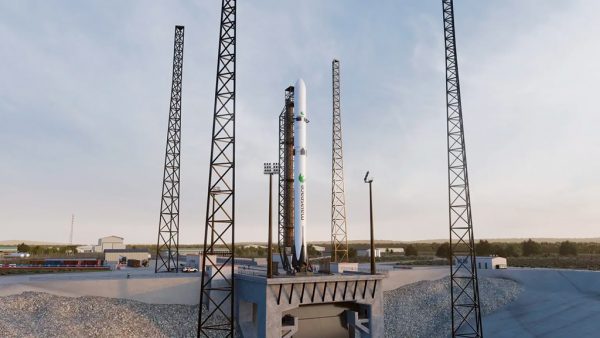
* Centre Spatial Guyanais
** Ensemble de Lancement Soyouz
*** Centre National des Etudes Spatiales aka the French Space Agency
The following photographs have been cleared by the CNES/CSG Security & Protection Department. Taken in 2025, they offer a final record of the Soyuz Launch Complex as it stood, ahead of the redevelopment work planned for next year to host the future MaiaSpace launcher.
